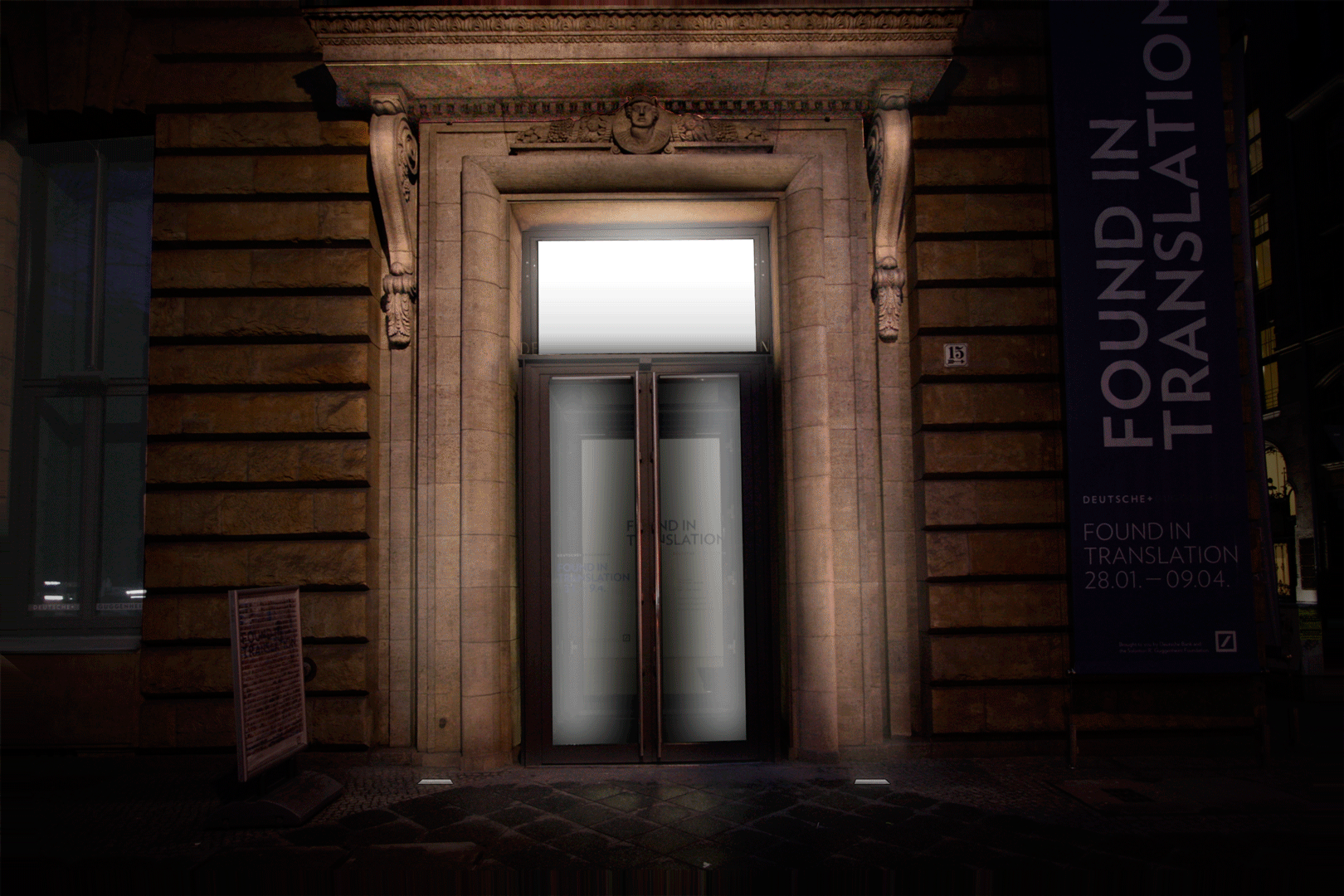Porsche Pavilion
With its extraordinary design, the Porsche Pavilion adds to the urban character of the automotive theme park in the car-manufacturing city of Wolfsburg. The sculptural form of the pavilion has been discretely illuminated and integrates itself harmoniously into the landscape of the park and lagoon.
Honored with the Engineering Award by the German Steelwork Association, 2013 as well as the designation "best architects 14". The ambitious structural design was made by Schlaich Bergermann und Partner from Berlin.
- Building type
- Culture
- Location
- Europe, Germany, Wolfsburg
- Project time frame
- 2012
- Architect
- HENN Architekten
- Architect
- HG Merz Architekten und Museumsgestalter
- Landscape Architect
- WES LandschaftsArchitektur
- Client
- Porsche AG
- Image rights
- Kardorff Ingenieure Lichtplanung









